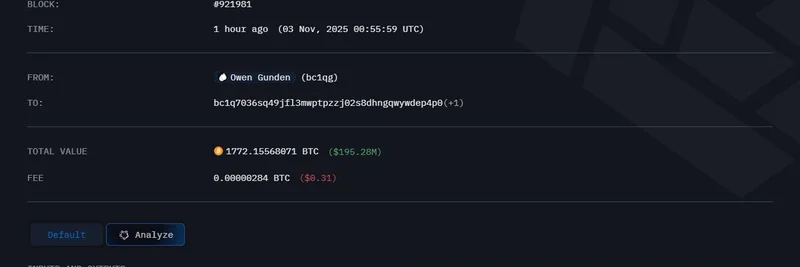Hey there, crypto enthusiasts! If you’ve been scrolling through X lately, you might have stumbled upon a thought-provoking post by Kyle Samani, a well-known figure in the blockchain space. On July 23, 2025, at 03:19 UTC, he dropped a bombshell: “This is why ETH is not designed for staking ETFs.” This statement came as a reaction to a detailed thread by darkpools about a messy situation involving stETH (staked Ethereum) and the lending platform Aave. Let’s break it down and see what’s really going on!
What Sparked Kyle’s Comment?
The drama started when Justin Sun pulled a significant amount of ETH supply from Aave, a popular decentralized finance (DeFi) protocol where users can lend and borrow crypto. This move spiked the ETH borrow rates, causing a ripple effect. StETH, a tokenized version of staked ETH from Lido, got caught in the chaos. Traders using leveraged positions (aka “loopers”) found their strategies unprofitable and started de-leveraging, flooding the staking withdrawal queue with stETH. As a result, stETH’s price dipped 30 basis points below ETH, forcing traders into a tough spot—either take a loss or wait it out.
Kyle’s point? This kind of volatility and delay isn’t a good fit for Ethereum Exchange-Traded Funds (ETFs), which are designed for traditional finance (TradFi) investors who crave stability and quick access to their money.
Why ETH Staking Struggles with ETFs
So, why does this matter for ETFs? Let’s simplify it. Staking ETH means locking it up to help secure the Ethereum network and earn rewards. But there’s a catch: when you want your ETH back, you have to wait in an unstaking queue, which can take up to 18 days right now. For ETFs, which promise easy buying and selling like stocks, this delay is a dealbreaker. Add in the risk of stETH depegging (when its value drifts from ETH’s), and you’ve got a recipe for investor panic.
The Aave situation highlighted another issue: oracles (price feeds) used by lenders rely on redemption rates, not market rates. This mismatch can trap funds during a crisis, potentially leading to liquidations that worsen the depeg. For ETF holders, who aren’t used to such DeFi wild rides, this is a red flag.
The ETF Perspective: Stability Over Staking
In the replies to Kyle’s post, users like Evanss6 and ICE chimed in with solid points. Many suggest ETFs should only stake a small fraction of their ETH—or avoid liquid staking tokens (LSTs) like stETH altogether. TradFi loves instant liquidity, and Ethereum’s staking setup just can’t deliver that under pressure. Some even argue for direct staking instead of relying on middlemen like Lido, though that still doesn’t solve the queue problem.
Could Pyth Network Save the Day?
A recurring suggestion in the thread is the use of Pyth Network, a real-time market data provider. Folks like Genia_XBT argue that switching to Pyth’s market rate feeds could prevent these depeg issues by giving a more accurate price picture. It’s an interesting fix, but it doesn’t address the core unstaking delay—something Ethereum’s design baked in since the shift to Proof of Stake.
What Does This Mean for Meme Token Fans?
You might be wondering, “What’s this got to do with meme tokens?” Well, at Meme Insider, we’re all about connecting the dots in the crypto world. While ETH staking and ETFs might seem far from the wild world of $DOGE or $SHIB, the stability (or instability) of Ethereum affects the entire blockchain ecosystem. If ETH ETFs struggle, it could shift attention—and capital—toward more experimental projects, including meme tokens. Plus, understanding DeFi risks like depegging can help you navigate the meme token space smarter!
Final Thoughts
Kyle Samani’s tweet isn’t just a hot take—it’s a wake-up call about the mismatch between Ethereum’s staking mechanics and the demands of traditional finance. With the unstaking queue, depeg risks, and DeFi complexities, ETH might not be the ETF darling everyone hoped for. As the crypto space evolves, keeping an eye on these discussions can sharpen your blockchain game. What do you think—should ETFs adapt to ETH, or is it time to look elsewhere? Drop your thoughts in the comments, and stay tuned to Meme Insider for more crypto insights!


